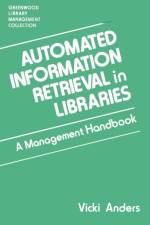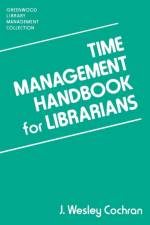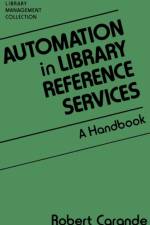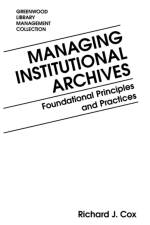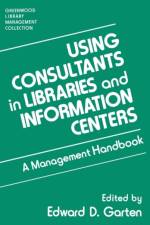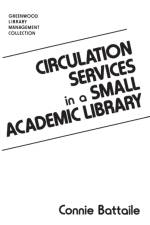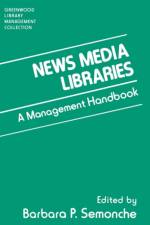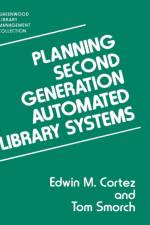- A Management Handbook
av Gerard B. McCabe
1 699
Gerard McCabe's Operations Handbook for the Small Academic Library fills a real need. It should be of substantial benefit to many librarians working in such settings. The editor has done a good job of identifying the issues, finding a range of skilled practitioners to write intelligently and succinctly about those issues, and arranging and presenting the material in a straightforward fashion. . . . The information and advice is consistently sound and reliable, which makes this a text that can be recommended as a solid manual for those responsible for the management of small academic libraries. Wilson Library BulletinDesigned as a companion volume to The Smaller Academic Library: A Management Handbook (Greenwood Press, 1988), this book outlines specific suggestions for the efficient day-to-day operation of the small institution that has limited resources yet often must serve a broad cross section of academic and community interests. Written by experienced library management specialists, it is intended for library staffs at all levels as well as other readers who have an interest in libraries and their operation.Administrative functions, including cost data presentation and the use of bibliographic networks, are examined in the first several chapters. The authors next look at personnel issues and present guidelines on the design of jobs, recruitment and selection of librarians, staff training, and the employment of student workers. Circulation, the interlibrary loan, and off-campus library services are discussed in detail, and practical advice is given on the selection and utilization of technical services. A section on technology shows how to integrate new services and technoloy in the smaller institution and provides information on microcomputers, software, CD-ROM, and electronic book ordering. Other topics considered are the material selection process, periodical acquisition and budget control, the selection of monographs, and issues in library facility planning, such as interior design, furniture selection, and the utilization of space. The volume concludes with a bibliographic essay. Clear and readable, this book offers a systematic approach to revitalizing the diverse services, functions, and daily routines that make up the operation of the small academic library.




